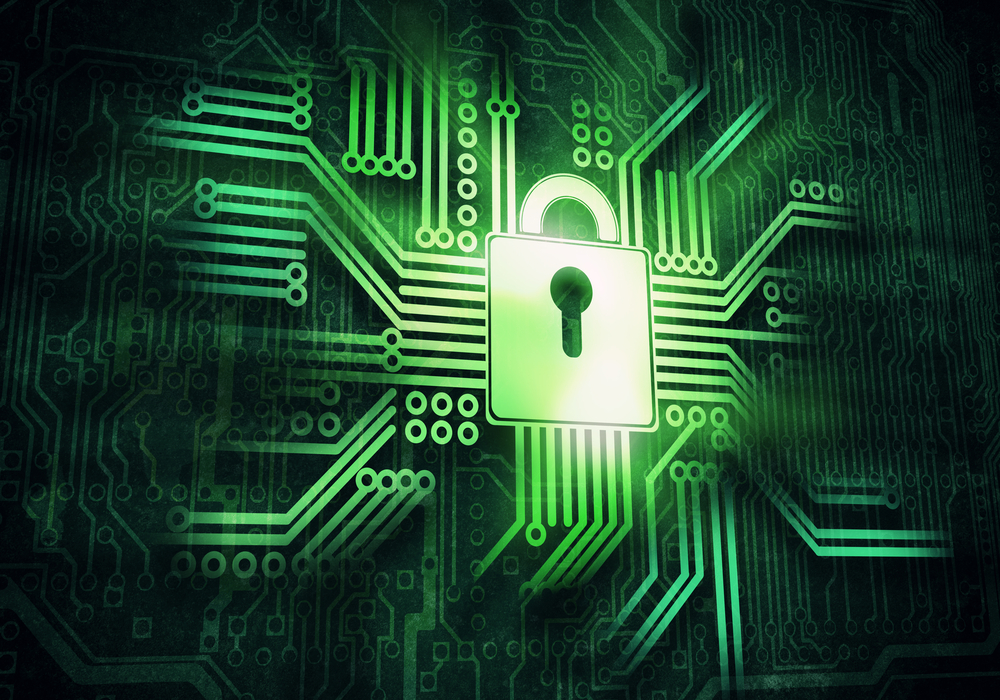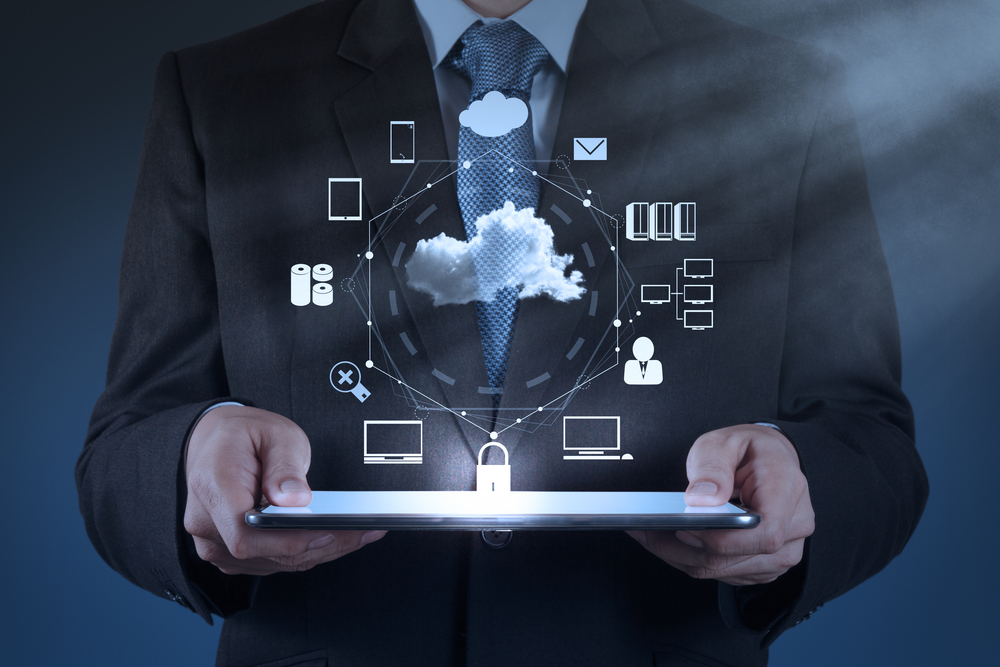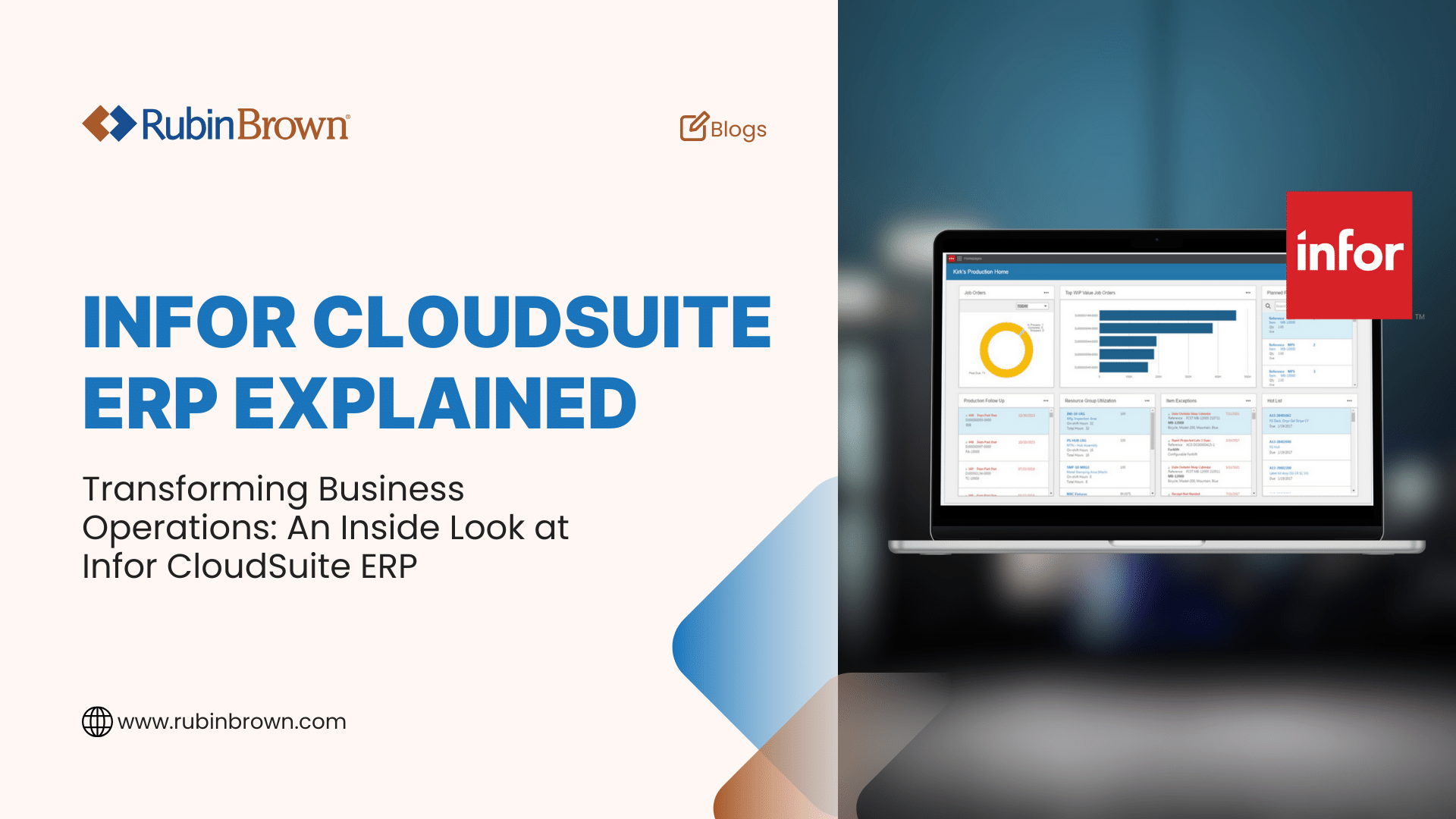Embracing the Cloud: Benefits and Challenges of Cloud Migration
The rapid advancement of technology has ushered in a new era of digital transformation, prompting businesses to embrace cloud computing as a...

Moving Enterprise Resource Planning (ERP) solutions to the cloud can yield significant operational, maintenance, and security opportunities. Cloud solutions offer major benefits in scalability, resiliency, recovery, and availability.
Making the move also changes the operational and security responsibilities. Each cloud solution has a shared responsibility model that needs to be reviewed, documented, and integrated into operational practices.
New risks that are introduced from cloud migration include:
Effectively integrating the shared responsibility model involves a combination of the application owner, IT, and security, and the cloud provider. Areas that need to be addressed include:
At Knowledge Path, we encourage every organization to embrace cloud solutions that match their requirements, enhance business operations, and reduce on-site overhead. We highly encourage every organization to review security controls, processes, and supporting solutions as part of the design, implementation, and deployment process. A well-architected solution with security integrated throughout the design will protect the solution and the organization.

The rapid advancement of technology has ushered in a new era of digital transformation, prompting businesses to embrace cloud computing as a...

In today’s digital-first world, enterprise resource planning (ERP) systems have not only become the backbone of countless businesses, but these...

Infor CloudSuite™ is a comprehensive cloud-based Enterprise Resource Planning (ERP) solution designed to empower businesses of all sizes to...